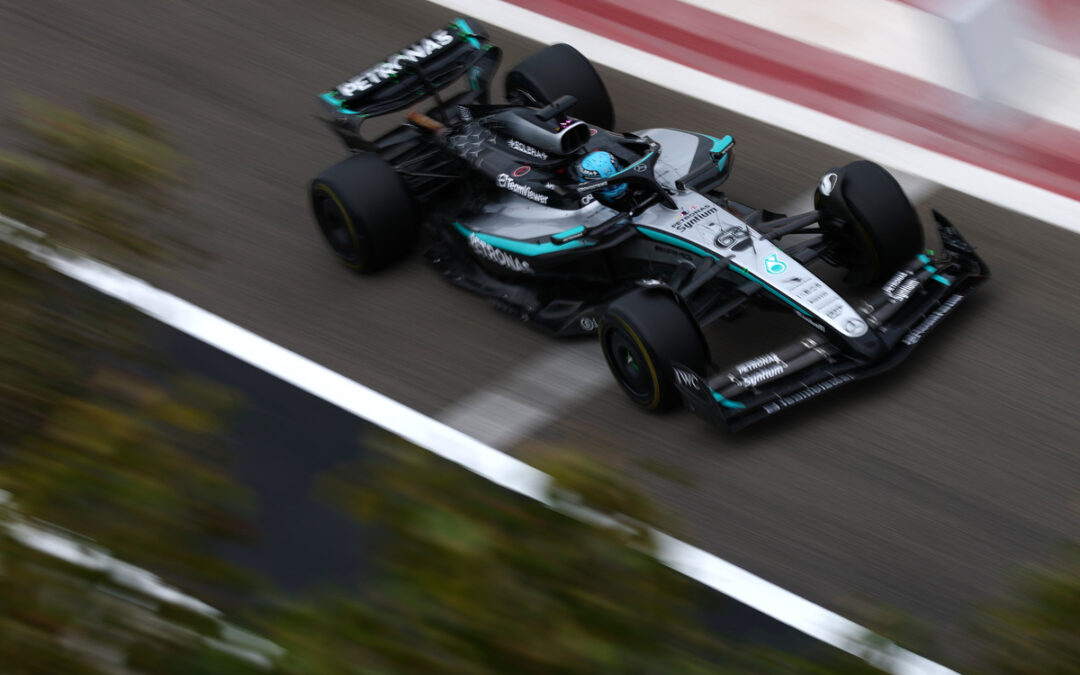DATA AND MOTORSPORT GO HAND IN HAND
How many times have you watched an F1 race, a BTCC race, an Indycar race or the Le Mans 24 hours event and seen a guy in racing overalls with a laptop in his hand?
Plugged into the car to download data on how it’s performing to be analysed in the back of the garage, giving the driver and team that all important edge to gain those final tenth of a second.
That’s just a small part of the whole operation.
In the adrenaline-fuelled world of motorsport, the race for superiority extends far beyond the track. Today, it’s the innovative use of data and cutting-edge technology that’s steering the future of racing.
From Formula One to Rally, Touring Cars to Sportscars, Endurance racing to Sprint racing, data analytics and technological advancements are not just changing the game; they’re redefining what’s possible.
So, how are data and technology changing the world of motorsport?
Data-driven simulations and computational fluid dynamics (CFD) are at the forefront of vehicle design in motorsport. Engineers use sophisticated software to model how air flows over a car, enabling them to tweak designs for optimal aerodynamics, speed, and fuel efficiency.
This technology allows for rapid prototyping and testing without the need for extensive wind tunnel sessions, speeding up the development process.
EHANCING POWERTRAIN PERFORMANCE
The integration of data analytics and technology extends to powertrain development, where every ounce of energy is optimised for maximum performance.
Teams analyse data from sensors embedded throughout the vehicle to fine-tune engine settings, transmission shift points, and energy recovery systems in hybrid and electric race cars.
This ensures that the powertrain operates at peak efficiency, delivering maximum power while minimising fuel consumption and emissions.
ELEVATING DRIVER SAFETY
Advances in biometric technology mean that drivers’ physical conditions can be monitored in real-time, ensuring their safety and well-being. Sensors embedded in race suits and helmets provide vital data on heart rate, body temperature, and G-force impact.
Data analytics also play a crucial role in understanding and improving the dynamics of crashes. High-speed cameras and onboard sensors capture every detail of an incident, providing valuable data that engineers use to enhance the structural integrity and safety features of race cars.
This has led to the development of more resilient materials and safety systems, significantly reducing the risk of injury in high-impact collisions. Remember the introduction of the Halo safety device in F1 cars?
TRANSFORMING RACE STRATEGIES
Teams in F1 analyse vast amounts of data to determine the optimal timing for pit stops, selecting the right moments for tyre changes and refuelling based on current race conditions, tyre wear data, and fuel consumption rates. This strategic use of data can save valuable seconds on track while mechanics can save valuable seconds in the pit lane.
We’ve also said goodbye to static race plans. Today, teams use real-time data feeds to adapt their strategies on the fly. Data on weather conditions, track temperature, and competitors’ performance feeds into algorithms that help strategize overtaking manoeuvres, defensive driving, and energy management.
MAXIMUM NETWORKS
Get in touch with the Maximum Networks team team today on 0330 102 7444 or using our contact form

